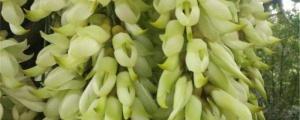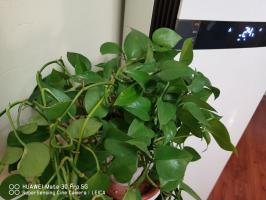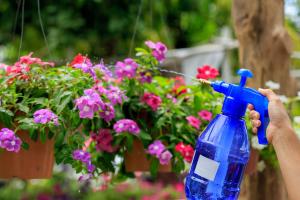How to Get Rid of Water Hyacinth Plant
Water hyacinth plant, a free-floating aquatic weed that is native to South America, can quickly overtake lakes, rivers, and other bodies of water. It grows rapidly, reproduces easily, and can pose a serious threat to the ecosystem. Hence, it is crucial to know how to get rid of water hyacinth plant. In this article, we will explore some of the effective methods to eliminate this invasive species.
Manual Removal
One of the simplest and most practical ways to remove water hyacinth plant is manual removal. This approach involves physically removing the plant from the water, either by hand or with the help of tools such as rakes or nets. This method is effective at controlling the growth of water hyacinth but may not be suitable for large infestations. Manual removal is best carried out in the early stages of growth when the plant is smaller and easier to manage.
Chemical Treatment
Chemical treatment is another popular method used to get rid of water hyacinth plant. There are several herbicides, such as glyphosate, imazamox, and 2,4-D, that can be used to kill the plant. Chemical treatment is often more effective than manual removal, especially for large infestations, but it requires careful planning and execution. Improper use of herbicides can also have adverse effects on the environment and other aquatic lifeforms, so it is important to consult with experts before using any chemicals.
Biological Control
Biological control is a long-term approach to get rid of water hyacinth plant. This method involves introducing natural enemies, such as herbivorous insects or fungi, to control the plant's growth in a sustainable way. This approach is more eco-friendly than chemical treatment and has been successful in certain cases. However, it is a slow process, and the success of biological control depends largely on the specific ecosystem and the availability of effective natural enemies.
Preventative Measures
Preventative measures are the best way to get rid of water hyacinth plant before they become a problem. Regular monitoring and early detection of water hyacinth are essential to prevent further spread. It is also necessary to limit the introduction of water hyacinth from outside sources, such as boats, fishing gear, or ornamental ponds. Finally, it is important to maintain the ecological balance of the aquatic environment by not introducing exotic plants or animals that can disrupt the natural ecosystem.
Conclusion
Water hyacinth plant is a serious threat to the natural environment and human activities in and around the water. To effectively get rid of water hyacinth plant, it is important to use a combination of methods, including manual removal, chemical treatment, biological control, and preventative measures. Depending on the scope of the infestation and the specific ecosystem, different approaches may be more effective than others. However, the key to success is early detection and immediate action to prevent further spread.

 how many times do yo...
how many times do yo... how many planted tre...
how many planted tre... how many pine trees ...
how many pine trees ... how many pecan trees...
how many pecan trees... how many plants comp...
how many plants comp... how many plants can ...
how many plants can ... how many plants and ...
how many plants and ... how many pepper plan...
how many pepper plan...































